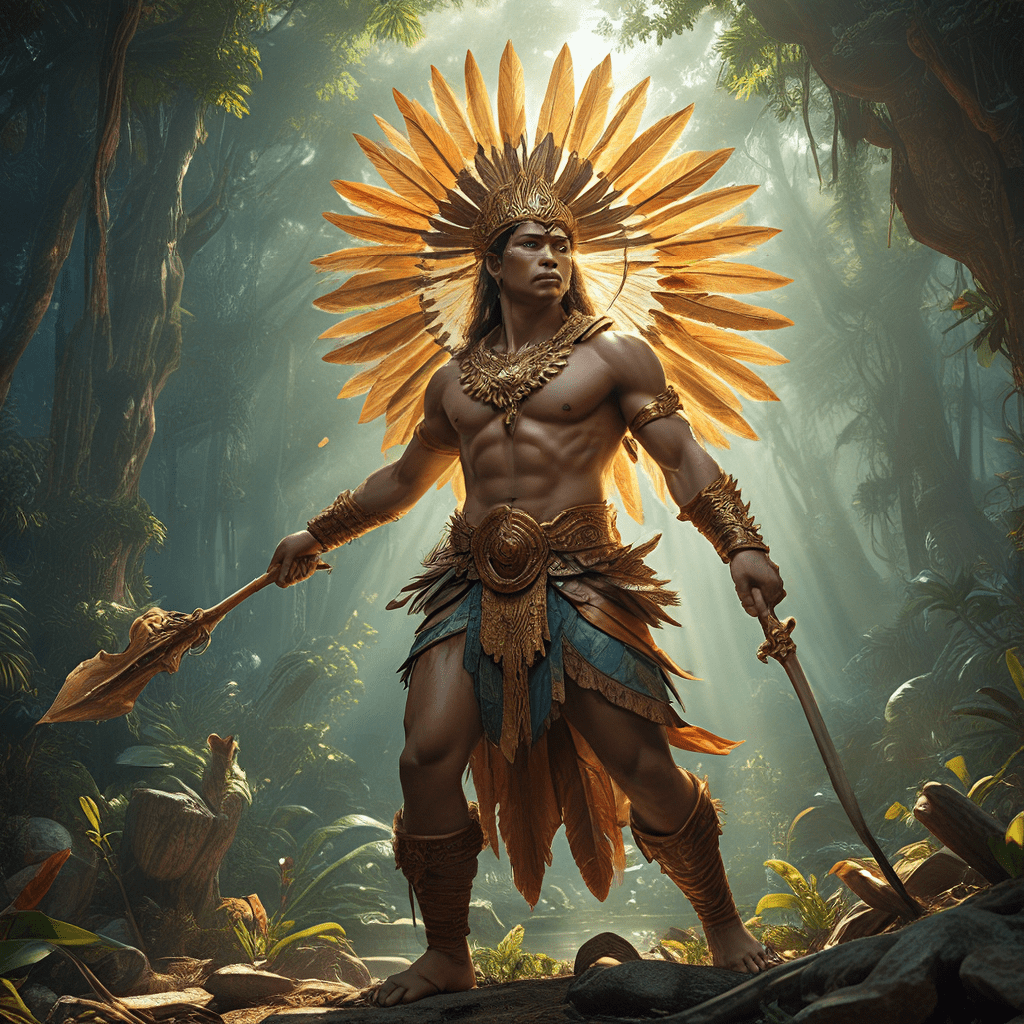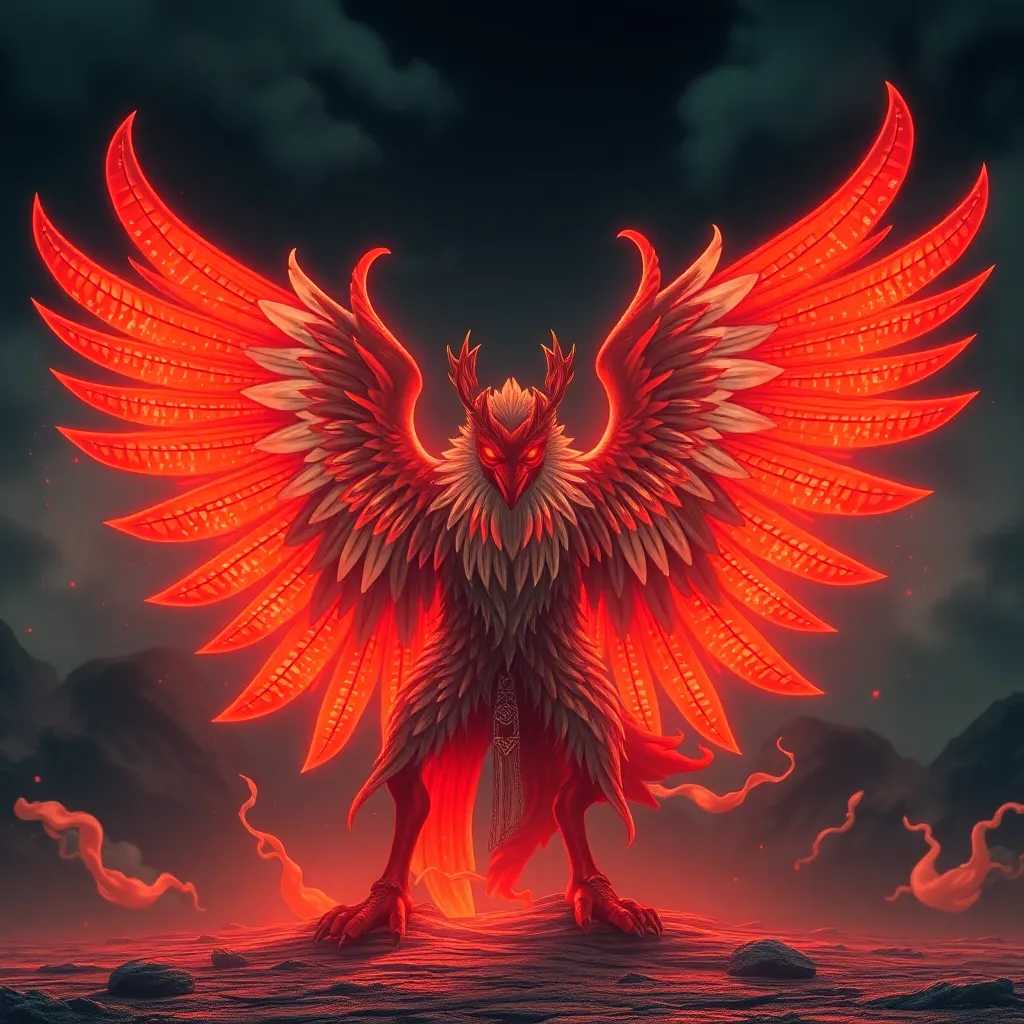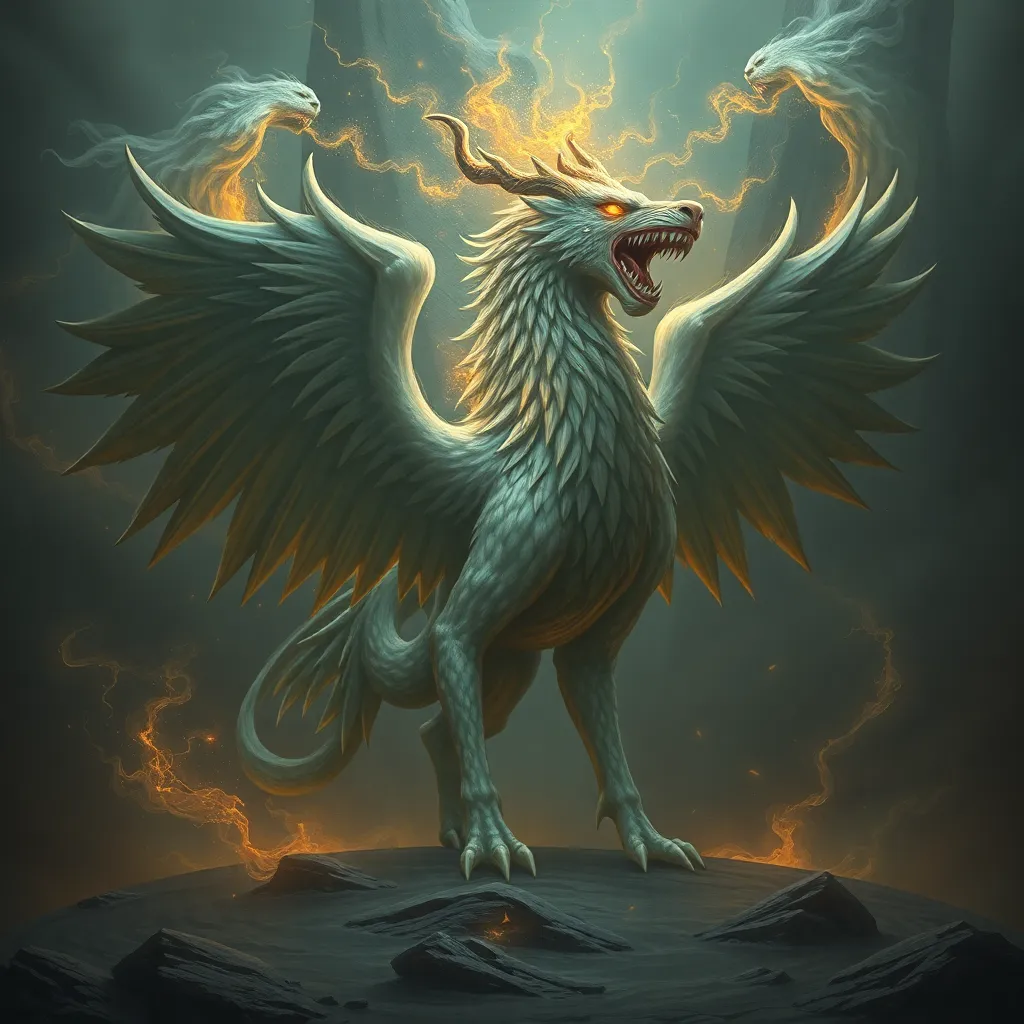Filipino Mythology: A Tapestry of Beliefs and Stories
The Philippines, an archipelago of over 7,000 islands, boasts a rich and vibrant tapestry of mythology, a collection of stories that have been passed down through generations. These myths, woven into the fabric of Filipino culture, offer insights into the beliefs, values, and worldview of the people. They are not simply tales for amusement; they are a reflection of the Filipinos' deep connection to their ancestors, the natural world, and the spiritual realm. This collection of myths, legends, and folktales provides a unique lens through which to understand the Filipino soul.
The Diverse Landscape of Filipino Myths
The diverse landscape of the Philippines is mirrored in the vast array of myths and legends that exist across the islands. Each region, with its unique history, geography, and cultural influences, has developed its own set of stories. In Luzon, the largest island, tales of the mythical hero, Bernardo Carpio, resonate with the people. The Visayas, known for its rich marine life, is home to myths about sea creatures and underwater deities. In Mindanao, the island of diverse ethnic groups, myths about spirits and mythical beings abound. This diversity in myths reflects the richness of Filipino culture and its ability to adapt and evolve through time.
The Role of Ancestral Spirits and Deities
Filipino mythology is deeply rooted in the belief that the spirit world is intertwined with the human world. Ancestral spirits, known as "anito," are revered and believed to hold influence over the lives of the living. These spirits are not necessarily benevolent; they can be both protective and vengeful. They are appeased through rituals and offerings, ensuring a harmonious relationship between the living and the dead. Alongside these spirits, various deities play significant roles in Filipino mythology. Bathala, the supreme creator deity, holds a prominent position in many myths, while other deities like Lakapati, the goddess of agriculture, and Mayari, the goddess of the moon, are associated with specific aspects of life.
Mythical Creatures and Their Symbolic Significance
The Filipino imagination has given birth to a colorful cast of mythical creatures, each possessing unique characteristics and symbolic significance. The "kapre," a giant, cigar-smoking creature who inhabits large trees, embodies the power of nature. The "tikbalang," a creature with the head of a horse and the body of a human, represents the duality of human nature, often depicted as mischievous and trickster-like. The "aswang," a shapeshifting creature that preys on humans, serves as a reminder of the dangers lurking in the shadows. These mythical beings, while often feared, also serve as reminders of the interconnectedness of the spiritual and material world in Filipino beliefs.
Creation Myths and the Origins of the World
Filipino mythology offers multiple creation myths, each providing a unique perspective on the origins of the world. The most common myth tells the story of Bathala, the supreme creator deity, who fashioned the world from a giant egg. Other myths detail the role of celestial beings, like the moon and the stars, in shaping the landscape. These creation myths highlight the Filipino reverence for nature and the belief that the world is a sacred and interconnected space. They also offer a sense of belonging and purpose, grounding the people in a larger cosmic narrative.
Heroic Tales and the Celebration of Courage
Filipino mythology is brimming with tales of heroes, individuals who exemplify the values of courage, resilience, and selflessness. These stories often feature mythical beings or historical figures who overcome adversity and protect their communities. The legendary hero, Bernardo Carpio, is often depicted as a giant who single-handedly held up a mountain, a symbol of immense strength and bravery. The stories of Lapu-Lapu, the Visayan chieftain who resisted Spanish colonization, and Diego Silang, the Ilocano leader who fought for independence, are celebrated as testaments to the Filipino spirit of resistance. These tales of heroism not only entertain but also inspire Filipinos, reminding them of their ancestors' courage and their own capacity to overcome challenges.
The Influence of Pre-Colonial Beliefs
Before the arrival of the Spanish in the 16th century, Filipino beliefs were rooted in animism and ancestor worship. The natural world was revered, and spirits were believed to inhabit various elements, from trees and rivers to mountains and caves. This animistic worldview profoundly shaped Filipino mythology, with stories often reflecting a deep connection to the natural world and the importance of respecting the spirits that dwell within it. The pre-colonial Filipinos worshipped various deities, including Bathala, the supreme creator god, and local deities who represented specific aspects of nature or human life. This rich tapestry of beliefs provided a framework for understanding the world and the place of humans within it.
The Impact of Spanish Colonization on Filipino Mythology
The arrival of the Spanish in the Philippines brought about a significant shift in the landscape of Filipino mythology. The Spanish colonial regime actively sought to suppress indigenous beliefs and promote Catholicism. This led to the merging of pre-colonial beliefs with Christian elements, resulting in a hybrid form of mythology. While many pre-colonial deities were demonized or relegated to the status of lesser spirits, some were assimilated into Catholic iconography. For instance, the pre-colonial deity, Maria Makiling, became associated with the Virgin Mary. This syncretism, the blending of different religious beliefs, reflects the resilience of Filipino culture in the face of foreign influence.
The Enduring Power of Oral Tradition
Filipino mythology has long been passed down through oral tradition, with stories being shared from generation to generation through storytelling, songs, and dances. This oral tradition has ensured the survival of these myths despite external pressures and changes in society. The power of oral storytelling lies in its ability to connect people across time and space, preserving cultural memories and fostering a sense of community. It is through the voices of elders and storytellers that these myths continue to resonate with contemporary Filipinos, offering a window into their past and a source of inspiration for the present.
Modern Interpretations and Reinterpretations of Filipino Myths
In recent years, there has been a resurgence of interest in Filipino mythology, with contemporary artists, writers, and filmmakers reinterpreting these ancient tales for a modern audience. These reinterpretations often explore themes of identity, colonialism, and the complexities of the Filipino experience. By drawing inspiration from traditional myths, contemporary artists weave new narratives that resonate with the realities of modern life. This ongoing reinterpretation of Filipino mythology ensures its continued relevance and ensures that these stories remain a vital part of Filipino cultural identity.
FAQ
What is Filipino mythology?
Filipino mythology refers to the collection of myths, legends, and folktales that have been passed down through generations in the Philippines. These stories offer insights into the beliefs, values, and worldview of the Filipino people.
What are some common themes in Filipino mythology?
Common themes in Filipino mythology include the relationship between humans and the spiritual world, the importance of ancestors, the power of nature, the celebration of heroism, and the resilience of the Filipino spirit.
What is the role of ancestral spirits in Filipino mythology?
Ancestral spirits, known as "anito," are revered in Filipino mythology. They are believed to hold influence over the lives of the living and are often appeased through rituals and offerings.
What are some famous mythical creatures in Filipino mythology?
Some famous mythical creatures in Filipino mythology include the "kapre" (a giant, cigar-smoking creature), the "tikbalang" (a creature with the head of a horse and the body of a human), and the "aswang" (a shapeshifting creature).
How has Spanish colonization impacted Filipino mythology?
Spanish colonization led to the merging of pre-colonial beliefs with Christian elements, resulting in a hybrid form of mythology. While some pre-colonial deities were demonized, others were assimilated into Catholic iconography.
What is the importance of oral tradition in preserving Filipino mythology?
Oral tradition has played a crucial role in preserving Filipino mythology. Stories have been shared from generation to generation through storytelling, songs, and dances, ensuring their survival despite external pressures.
How is Filipino mythology being reinterpreted in modern times?
Contemporary artists, writers, and filmmakers are reinterpreting traditional Filipino myths for a modern audience, exploring themes of identity, colonialism, and the complexities of the Filipino experience.



